Quad-core vs octa-core: does Android and apps use all the cores?

Smartphones have quickly gone from offering single-core chips to dual-, quad-, and now it seems that the Asian market is driving Android chip makers towards octa- and even deca-core solutions.
A recurring question regarding all those multiple cores is whether and how is the Android operating system and various apps making use of the multi-core designs. The debate gets especially heated when we start comparing Apple's dual-core chips (that use much larger cores, rather than the small cores used in most Android chips), and when emotions get involved, you'd see accusations of all sorts in the discussions.
An interesting test conducted by Android Authority aims to shine light on the issue of how well are Android and its apps using multi-core designs, and answers one simple question: do cores in multi-core chips remain idle for significant periods of time, so much as to render them useless?
The answer is a resounding no, as we can see some of the most popular apps out there scale their core usage depending on the architecture. What this means in simpler terms is that a quad-core phone will spread the load to all of its four cores, and an octa-core phone will also spread the load over all eight cores. This answers the obvious question that one might have whether apps are hard-coded to use only four cores rendering all remaining cores in, say, an octa-core design useless.
You can see the test right below that proves the point across some popular apps including Chrome, YouTube, TempleRun 2, and Riptide GP2.
And with all of this in mind, look at the stark contrast that the same test yields when you have an octa-core phone running AnTuTu:
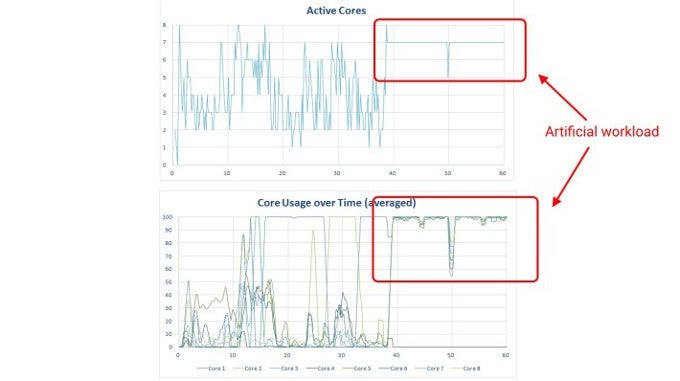
Obviously, there is a huge difference between the typical load in even well-optimized apps (and make no mistake that Chrome, YouTube, and Gmail have been meticulously optimized to run great on multi-core setups), and AnTuTu. The synthetic benchmark features a very atypical load that cannot be observed in basically no real-world app to measure a phone's performance, and heavily favors multi-core designs. We have seen multiple times little known phones from China with octa- and deca-cores promise the world in AnTuTu, but we can now clearly see how atypical the load on this benchmark is and how little it has in common with the typical way Android apps utilize those multiple cores.
Note that this test in no way provides a comparison between dual-core designs such as the one in the Apple A series of chips, and the trendy octa-core designs on Android - it just shows that Android does not leave cores idling for significant periods of time, but rather spreads load across all of the cores. This test also does not provide the answer to which one is the more power-efficient/performance-boosting approach: the dual-core Apple-esque one, or the multi-core Android one.
For those interested more in this topic, we recommend you to also take a look at the discussion around this post over on Cyanogenmod's Francois Simmond Google Plus account (the second link in the source list).
source: Android Authority, Francois Simmond



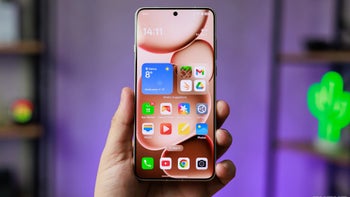


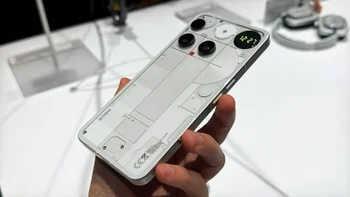
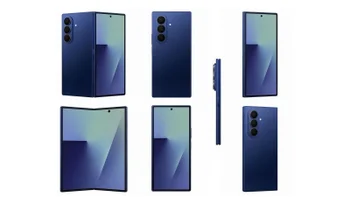
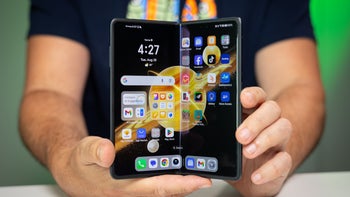

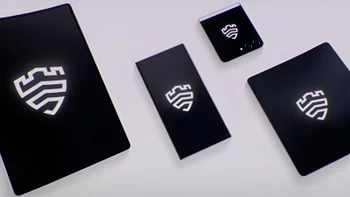


Things that are NOT allowed:
To help keep our community safe and free from spam, we apply temporary limits to newly created accounts: